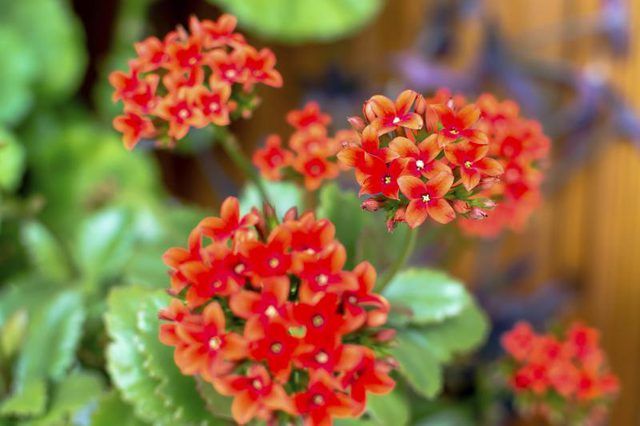Bulbs
Flower Basics
Flower Beds & Specialty Gardens
Flower Garden
Garden Furniture
Garden Gnomes
Garden Seeds
Garden Sheds
Garden Statues
Garden Tools & Supplies
Gardening Basics
Green & Organic
Groundcovers & Vines
Growing Annuals
Growing Basil
Growing Beans
Growing Berries
Growing Blueberries
Growing Cactus
Growing Corn
Growing Cotton
Growing Edibles
Growing Flowers
Growing Garlic
Growing Grapes
Growing Grass
Growing Herbs
Growing Jasmine
Growing Mint
Growing Mushrooms
Orchids
Growing Peanuts
Growing Perennials
Growing Plants
Growing Rosemary
Growing Roses
Growing Strawberries
Growing Sunflowers
Growing Thyme
Growing Tomatoes
Growing Tulips
Growing Vegetables
Herb Basics
Herb Garden
Indoor Growing
Landscaping Basics
Landscaping Patios
Landscaping Plants
Landscaping Shrubs
Landscaping Trees
Landscaping Walks & Pathways
Lawn Basics
Lawn Maintenance
Lawn Mowers
Lawn Ornaments
Lawn Planting
Lawn Tools
Outdoor Growing
Overall Landscape Planning
Pests, Weeds & Problems
Plant Basics
Rock Garden
Rose Garden
Shrubs
Soil
Specialty Gardens
Trees
Vegetable Garden
Yard Maintenance
Is Kalanchoe Poisonous to Cats?
Is Kalanchoe Poisonous to Cats?. The *Kalanchoe* genus boasts about 150 to 200 species of plants, the most popular of which are commonly grown as houseplants and enjoyed for their succulent foliage and cheery clusters of colorful blooms. These bright flowers have a dark side however, as **they contain toxic cardiac glycosides which are highly...

The Kalanchoe genus boasts about 150 to 200 species of plants, the most popular of which are commonly grown as houseplants and enjoyed for their succulent foliage and cheery clusters of colorful blooms. These bright flowers have a dark side however, as they contain toxic cardiac glycosides which are highly poisonous to cats. Because of their small size, cats may experience significant harm even from a few nibbles of a toxic plant.
Common Kalanchoe Species
Known simply as kalanchoe or floristís kalanchoe, Kalanchoe blossfeldiana is the most common ornamental Kalanchoe species grown in the U.S. and is hardy outdoors in U.S. Department of Agriculture plant hardiness zones 10 and 11. Florist's kalanchoe grows up to 12 inches tall, with a similar spread, and produces orange, white, red, yellow or pink flowers.
Other species include mother of millions (Kalanchoe daigremontiana, USDA zones 9B to 11), a spiny upright succulent with tubular blooms, and lavender scallops (Kalanchoe fedtschenkoi, USDA zones 10 to 12), a green and pinkish- or lavender-leaved succulent.
All members of the Kalanchoe genus are potentially toxic to cats, particularly when in flower, as higher concentrations of glycosides occur in blooms.
Poisoning Symptoms
Symptoms generally occur within a few hours after the cat has ingested the plant. Initial symptoms may include depression, excessive salivation and stomach disorders such as abdominal pain and diarrhea. In more severe cases, when the cat has ingested more plant matter, irregular heartbeat, extreme weakness, coldness in extremities and collapse and death due to cardiac arrest may occur. The ASPCA notes, however, that heart problems are rare in Kalanchoe poisonings for cats and dogs; vomiting and diarrhea are the most common symptoms.
Responding to Threat
If your cat has ingested kalanchoe, immediately remove your pet from the area and contact your veterinarian or the ASPCA Animal Poison Control Center at 888-426-4435. The ASPCA may charge a consultation fee. Do not wait for symptoms to occur before seeking medical help, and do not attempt to induce vomiting in your cat unless instructed to by your vet or the ASPCA. The Pet Poison Hotline warns that hydrogen peroxide will not help your cat vomit, it will cause salivating and mouth foaming.
Treatment and Care
Try to keep your cat calm and quiet to avoid stress on the heart. Even if your cat is showing no symptoms of poisoning, your veterinarian will likely induce the cat to vomit as soon as possible. After vomiting, the cat may be given activated charcoal and be put on intravenous fluids to maintain cardiac output. Your veterinarian will listen to your cat's heartbeat, and if irregularities are detected, may use an ECG machine to monitor abnormal rhythms.